So the steering is a peach, and just as well, because were it not, you might never discover how well the Spyder handles. Which is to say with stunning neutrality. It's possible to unsettle the car, but this requires a level of commitment that most owners will summon very infrequently on the road. So good are the brakes – both in pedal feel and power – that understeer can only come about by gross negligence, and benefitting from the car's balance, the 295-section rear tyres neatly follow those at the front through corners.
This isn't to say Porsche has built a car devoid of easy-going adjustabilty. Load up the front and a lift of the throttle will tighten the line. So sharp is the throttle response that you can then quickly tease the rear axle out of line – or more than tease, if you like. You'll certainly have the confidence to try, and when you do, you'll need to use amazingly little steering input. Point is, the Spyder's handling is neither too esoteric for casual drivers nor too humourless for serious ones.
Ride and general usability? Very good indeed. The Spyder sits 30mm lower than the standard Boxster, and its two damper modes seem quite closely related, although on our Scottish test route there was never any need to move our of the softer, default setting, even at great speed, so controlled are the body movements. In fact, the control is totally out of kilter with this level of delicacy; it's difficult to understand how the two attributes can coexist. Porsche must have fitted bumpstops, but I can't say for sure, because you never seem to get anywhere near them. The damping force is beautifully progressive and just feels into the overwhelming sensation of balance, composure and flow.
And on the subject of flow, the new 4.0-litre engine takes some beating. We've gone into detail in the Cayman GT4 review, but in essence it's a big engine in a small car, and it spins to 8000rpm, making 414bhp only 400rpm earlier. At 310lb ft, there's no improvement in torque over the old Boxster Spyder, and it arrives a touch later, at 5000rpm, but it's still enough to take the car to 62mph in 4.4sec and a top speed of 187mph, with or without the canvas roof in place. It's a level of performance comparable with that of a Ferrari F340 Spider, although the Italian car couldn't hope to match the German's combined 25.7mpg.
For some reason, this flat six also appeals more in the Boxster Spyder than it does in its Cayman GT4 sibling. I’m not sure why, because the previous versions of both cars used the same Carrera S-sourced 3.8-litre unit, which made a superb racket – one we miss in the current GT4. This engine's note is a bit more reserved. It's less harsh without much real spine-tingling quality but still fabuously smooth and full nonetheless, and it suits the Spyder's metre. It has more than enough about it to stroke the car along at around 3000rpm, at which point it's still superbly responsive and only gets better as you stretch it out. Second gear takes care of everything between 40mph and 80mph, but the gearshift is so good that you'll itch to slide across the gates and into third. You really need to decide what sort of mood you're in and then stick to it: third or fourth for quick but leisurely progress, second for a thrash. There's also an autoblip function. You don't need it, but it's there and very good indeeed.
Finally, as for the way the thing looks, the images don't do it justice. The arrival of GT3 hardware for the Spyder coincides with an injection of visual brawn. With a jutting front splitter, a ducktail spoiler and a beefy rear diffuser (check out the central venturi tunnel), it channels elements of 996 GT2 and 918 Spyder in package shorter than the Volkswagen Golf and only millimetres wider. With all the aero elements and huge front air intakes, it's not classically beautiful, but with the buttresses of the rear deck it plays the junior supercar card well.

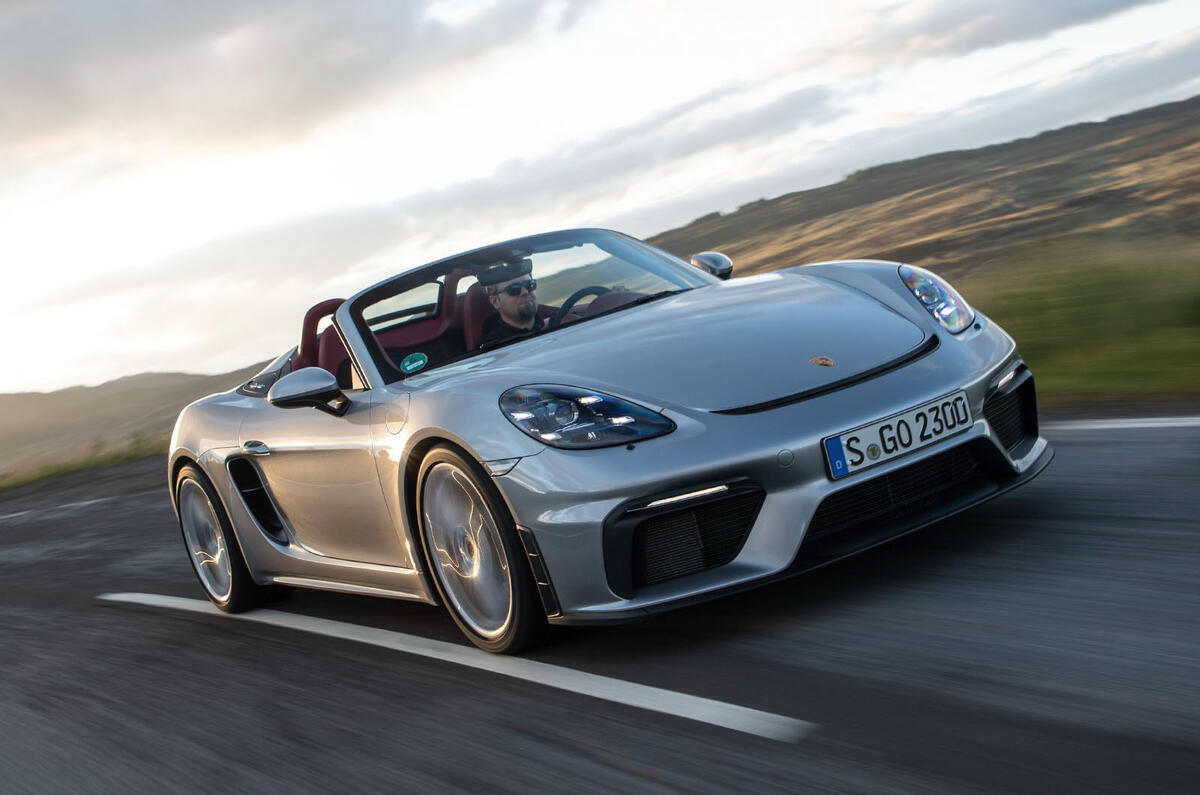

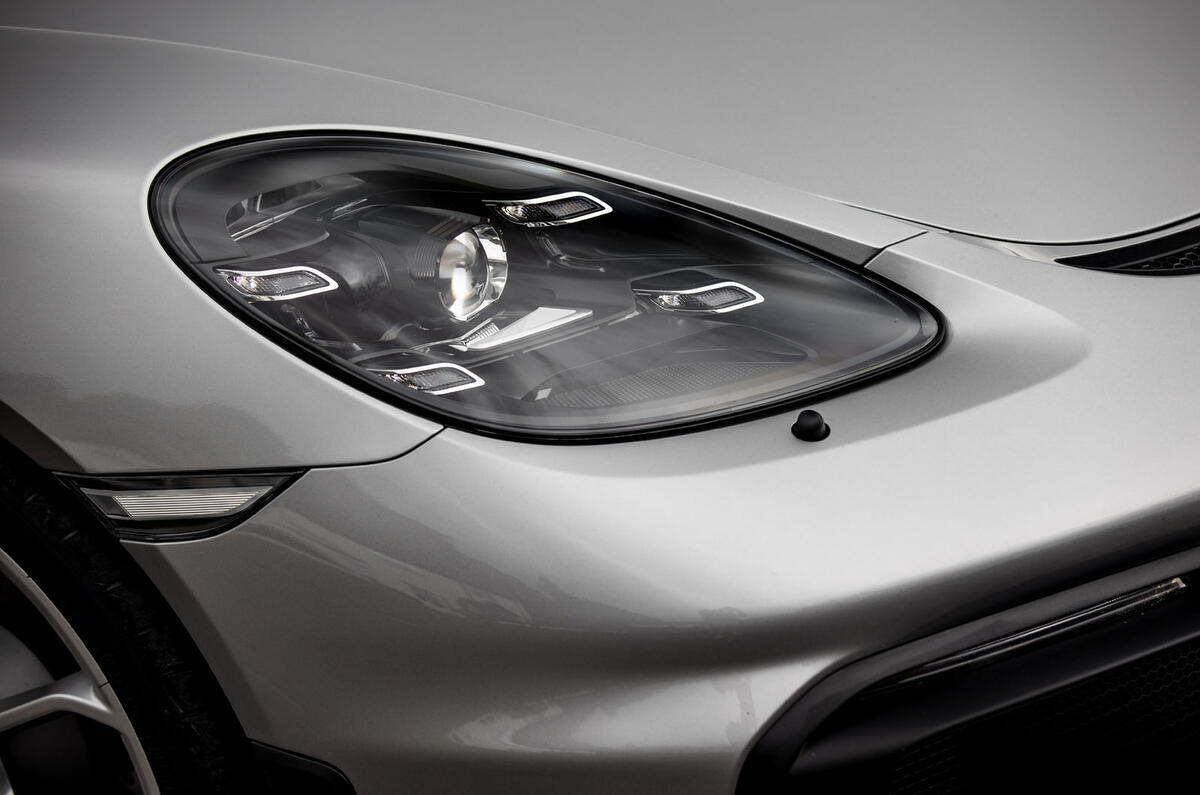



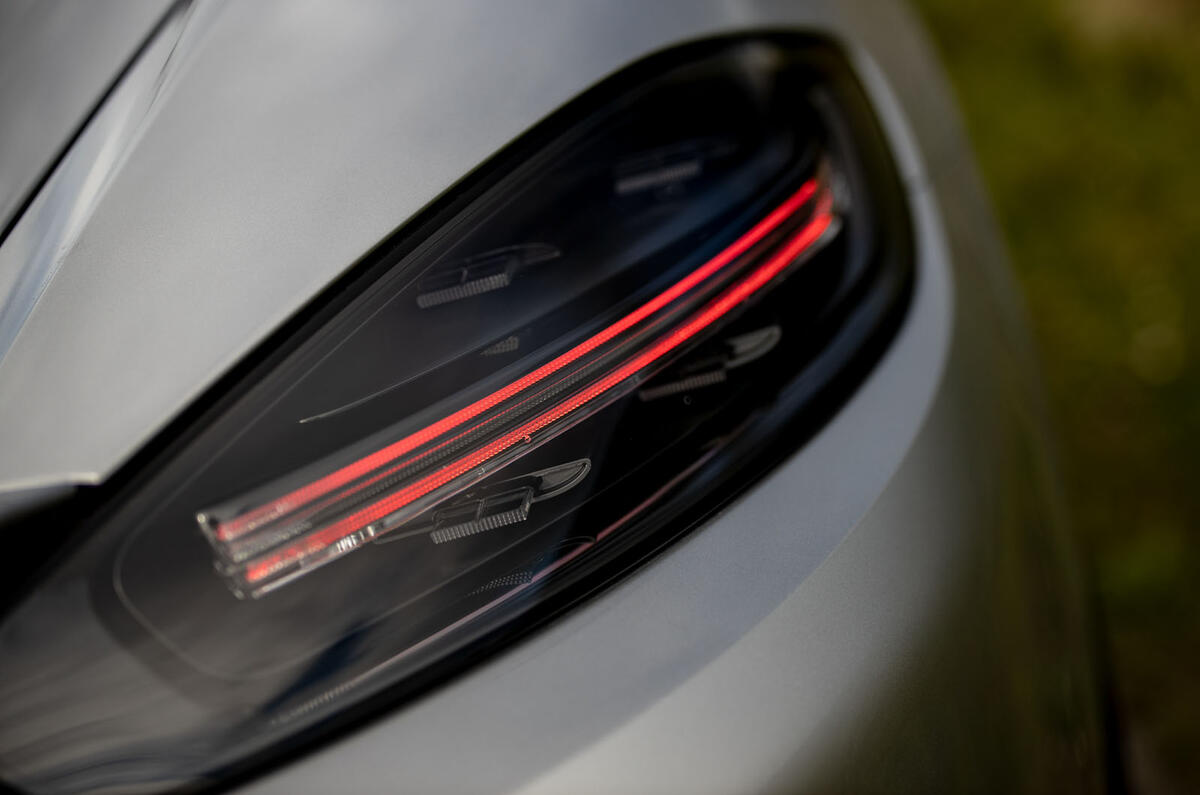


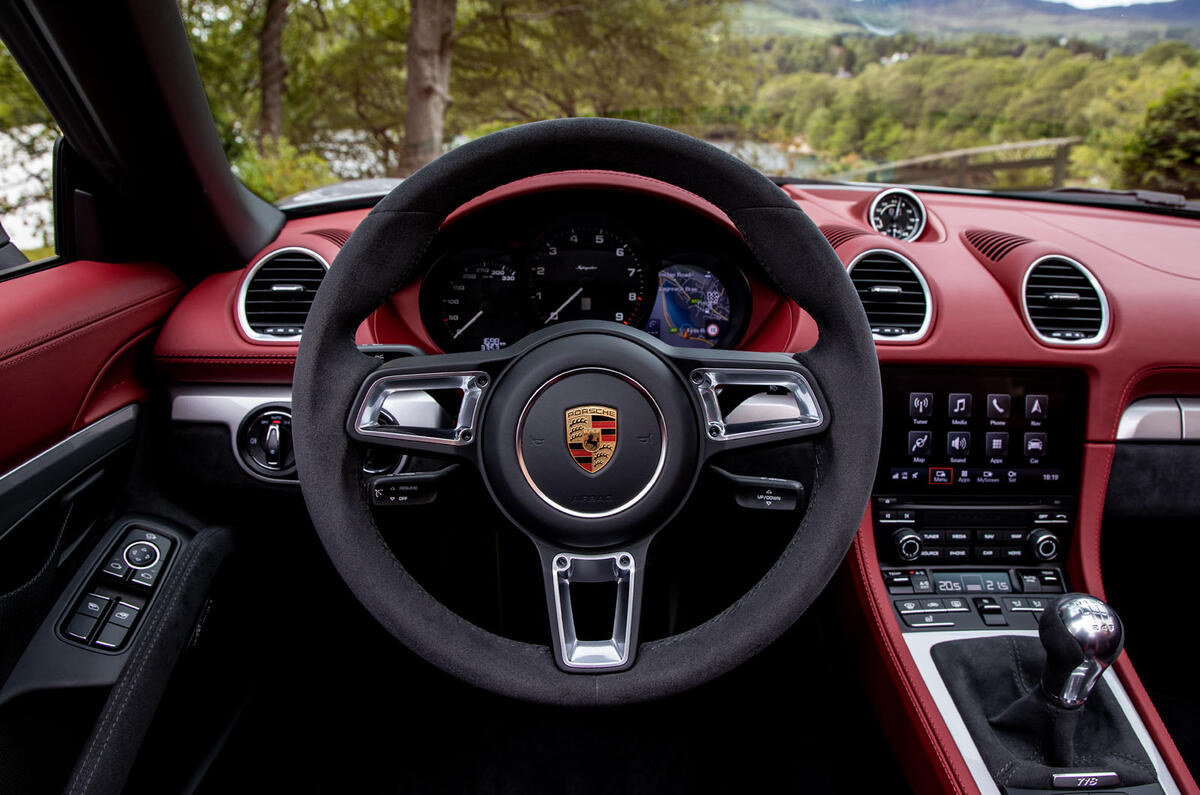







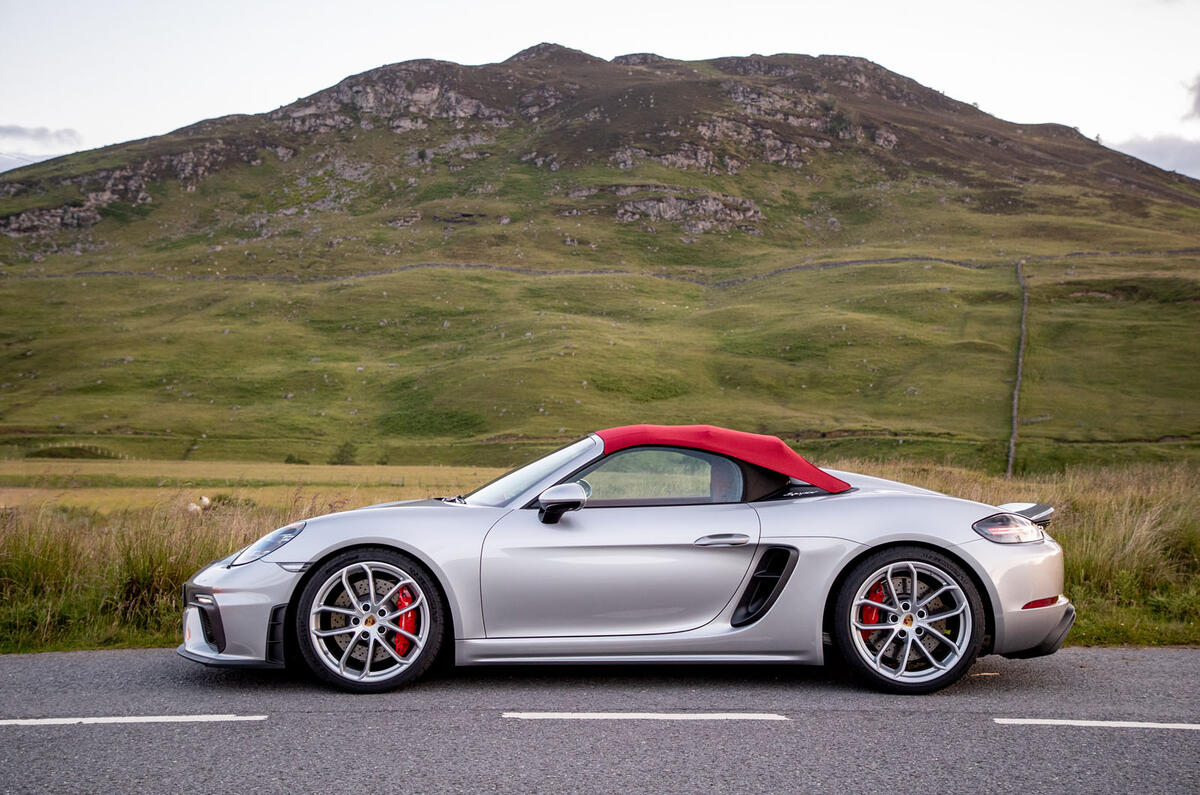






















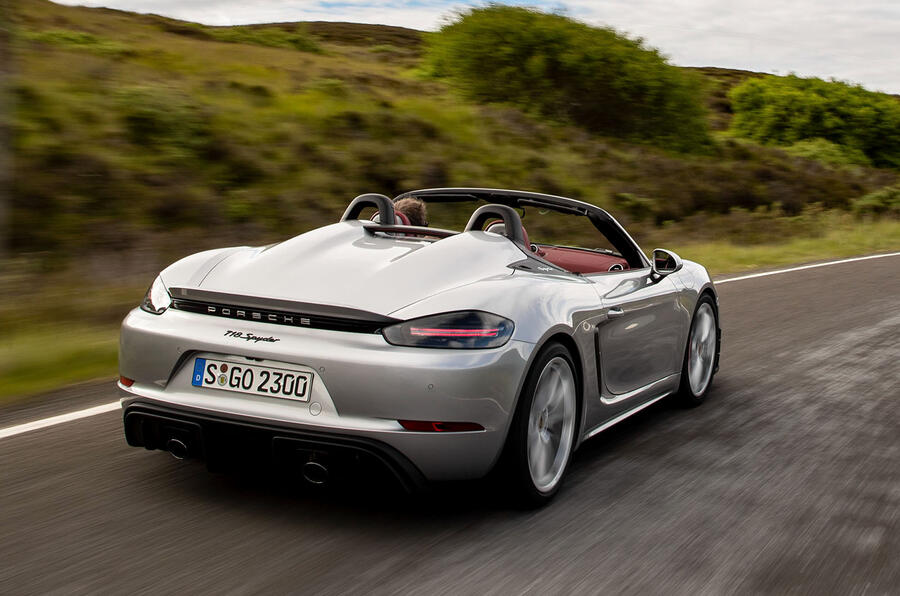


Add your comment